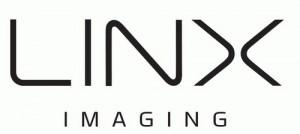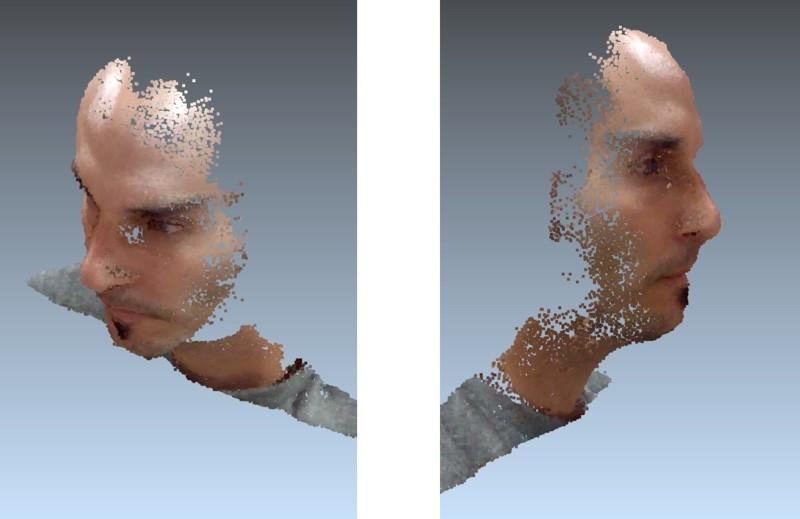“Apple buys smaller technology companies from time to time, and we generally do not discuss our purpose or plans,” Apple told several tech outlets.
 Apple‘s leading position in the tech market is no secret, but often the company’s plans are something of a well-kept secret. While the company told several media outlets, including The Wall Street Journal and Tech Crunch, about their typical nondisclosure policy, news of Apple’s acquisition of Israel-based LinX Imaging, reportedly for about $20 million, has surfaced–and it may just have big implications for the 3D design and printing space.
Apple‘s leading position in the tech market is no secret, but often the company’s plans are something of a well-kept secret. While the company told several media outlets, including The Wall Street Journal and Tech Crunch, about their typical nondisclosure policy, news of Apple’s acquisition of Israel-based LinX Imaging, reportedly for about $20 million, has surfaced–and it may just have big implications for the 3D design and printing space.
LinX Imaging offers high-quality, multi-aperture camera equipment that might just be incorporated into Apple’s market-leading iPhone, iPad, and other mobile devices.
“Utilizing state-of-the-art multi aperture imaging technology that combines innovative image processing, advanced sensor and optics technology,” says LinX, “our cameras set new standards for image quality parameters such as low light performance, HDR, refocusing, color fidelity, shutter lag and more…”
 The company’s site is now largely empty, perhaps as it prepares to become integrated into the Apple family. Where this gets exciting for our neck of the tech woods is another few lines down on the current LinX home page:
The company’s site is now largely empty, perhaps as it prepares to become integrated into the Apple family. Where this gets exciting for our neck of the tech woods is another few lines down on the current LinX home page:
“The LinX cameras not only capture 2D images but also acquire very accurate depth information of the complete scene,” the site notes. “We allow Apps to freely use the 3D information captured by our camera to achieve amazing new features such as the ability to refocus an image after it has been captured, measurement of the true dimensions of objects, 3D object modeling and real time background replacement for video calls.”
 The capability for 3D object modeling certainly caught our eye here, especially as mobile 3D scanning technology has been picking up. LinX’s multi-aperture camera setups offer significant benefits for potential integration into mobile devices, extending to both size and imaging quality. The use of two, three, or four sensors in smaller sizes can offer benefits over just one larger sensor, eliminating the use of longer, bulkier lenses that don’t quite mesh with convenient portable technology.
The capability for 3D object modeling certainly caught our eye here, especially as mobile 3D scanning technology has been picking up. LinX’s multi-aperture camera setups offer significant benefits for potential integration into mobile devices, extending to both size and imaging quality. The use of two, three, or four sensors in smaller sizes can offer benefits over just one larger sensor, eliminating the use of longer, bulkier lenses that don’t quite mesh with convenient portable technology.
While Apple’s latest iPhone models, the 6 and 6 Plus, were released this past September to much acclaim, and with touted image quality, they do utilize protruding lenses. Users looking for a leaner profile for their phones might instead prefer a flush camera, which LinX says it can provide–in fact, shrinking the lens height by 1.4 to 2 times.

3D point mapping with LinX
The rumor mill surrounding Apple’s releases has previously pondered the possibility of enhanced camera capabilities for the forthcoming iPhone 6s and 6s Plus, as suggested by the MacRumors blog. The acquisition of LinX seems only to confirm that the company is positioning itself to be able to offer just that.
Multi-camera arrays like those from LinX do have known problems–including registration errors and occlusion (not picking up all the data points)–LinX has made the bold claim that they have surmounted such concerns. The company has taken down a slide presentation from June 2014 in which they detailed some of the highlights of their array setup, but fortunately for the rest of us who want to know more, MacRumors had already saved a copy over on Scribd. In the presentation, images taken using LinX’s technology are compared to those from some of the top smartphones on the market, including the iPhone 5 and the Samsung Galaxy S4.
LinX’s camera arrays are able to accurately provide depth maps of an image, working on a pixel-by-pixel basis. By the positioning of the various lenses in the array, and with several frames (and photos) combined, accurate 3D point clouds of imaged objects can be created–even in traditionally unfavorable lighting conditions, like direct sunlight or in low lighting with or without a flash. Depth mapping can be perfect for uses like interior design planning, creating accurate models of rooms, as well as 3D object modeling, copying accurate images of existing objects, and even augmented reality.
LinX, founded in 2011, will become part of the Apple portfolio subsequent to this acquisition. Founders Ziv Attar and Andrey Tovchigrechko will stay on board at Apple, as will engineers Edwin Maria Wolterink and Chen Aharon-Attar.
What do you hope comes of this acquisition? Let us know in the Apple Acquires LinX Imaging forum thread over at 3DPB.com. Below are some comparison images from LinX’s June 2014 slide presentation.

iPhone 5s (left) compared to LinX (right)
Subscribe to Our Email Newsletter
Stay up-to-date on all the latest news from the 3D printing industry and receive information and offers from third party vendors.
You May Also Like
Precision at the Microscale: UK Researchers Advance Medical Devices with BMF’s 3D Printing Tech
University of Nottingham researchers are using Boston Micro Fabrication‘s (BMF) 3D printing technology to develop medical devices that improve compatibility with human tissue. Funded by a UK grant, this project...
GaeaStar and Verve Coffee Roasters Start Pilot Production of Sustainable 3D Printed Coffee Cups
Following a 2022 debut in Germany, GaeaStar, a startup based in San Francisco and Berlin, has begun US pilot production of its sustainable, disposable clay cups and bowls made with...
Meltio and Accufacture Unveil Robotic Metal 3D Printer Made in the US
Meltio has partnered with Michigan-based robotics firm Accufacture to introduce Alchemist 1, a robotic cell designed for wire-laser metal 3D printing made in the US. This new system represents a...
WASP Highlights Advances in Healthcare 3D Printing at Italy’s Exposanità 2024
WASP takes center stage at Italy’s leading healthcare expo, Exposanità 2024, demonstrating the transformative impact of its advanced 3D printing technologies on the medical sector. Known for its line of...


































